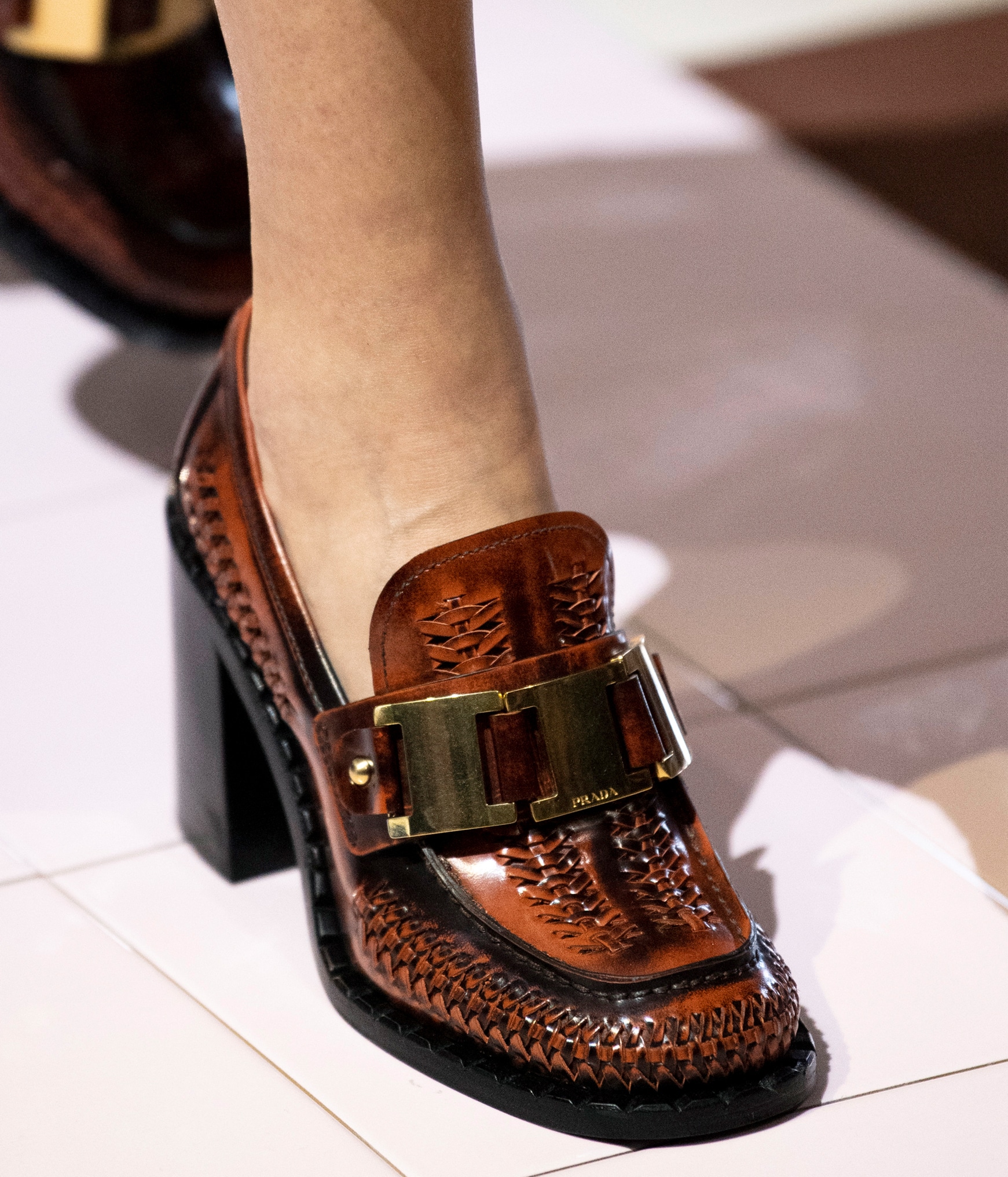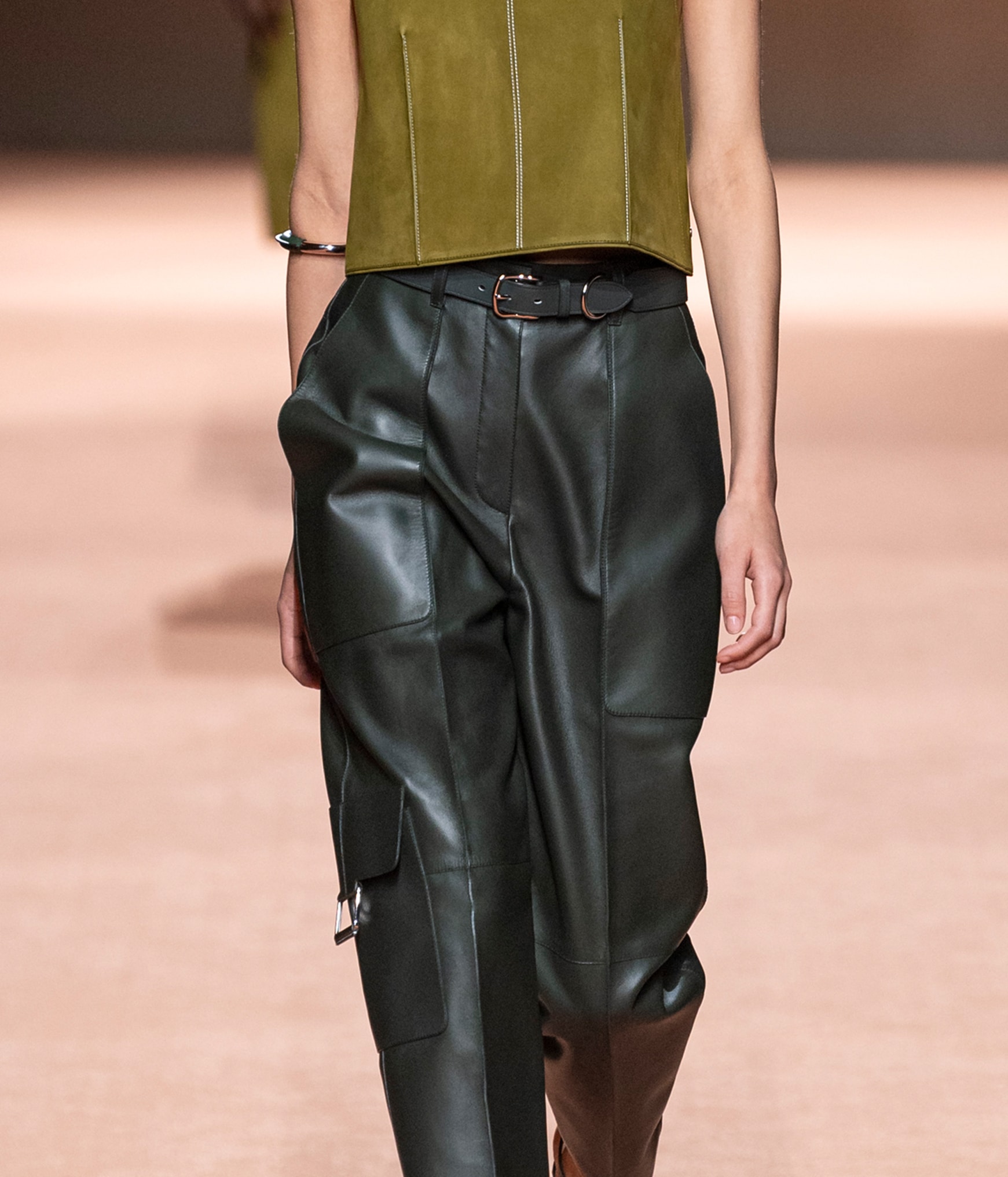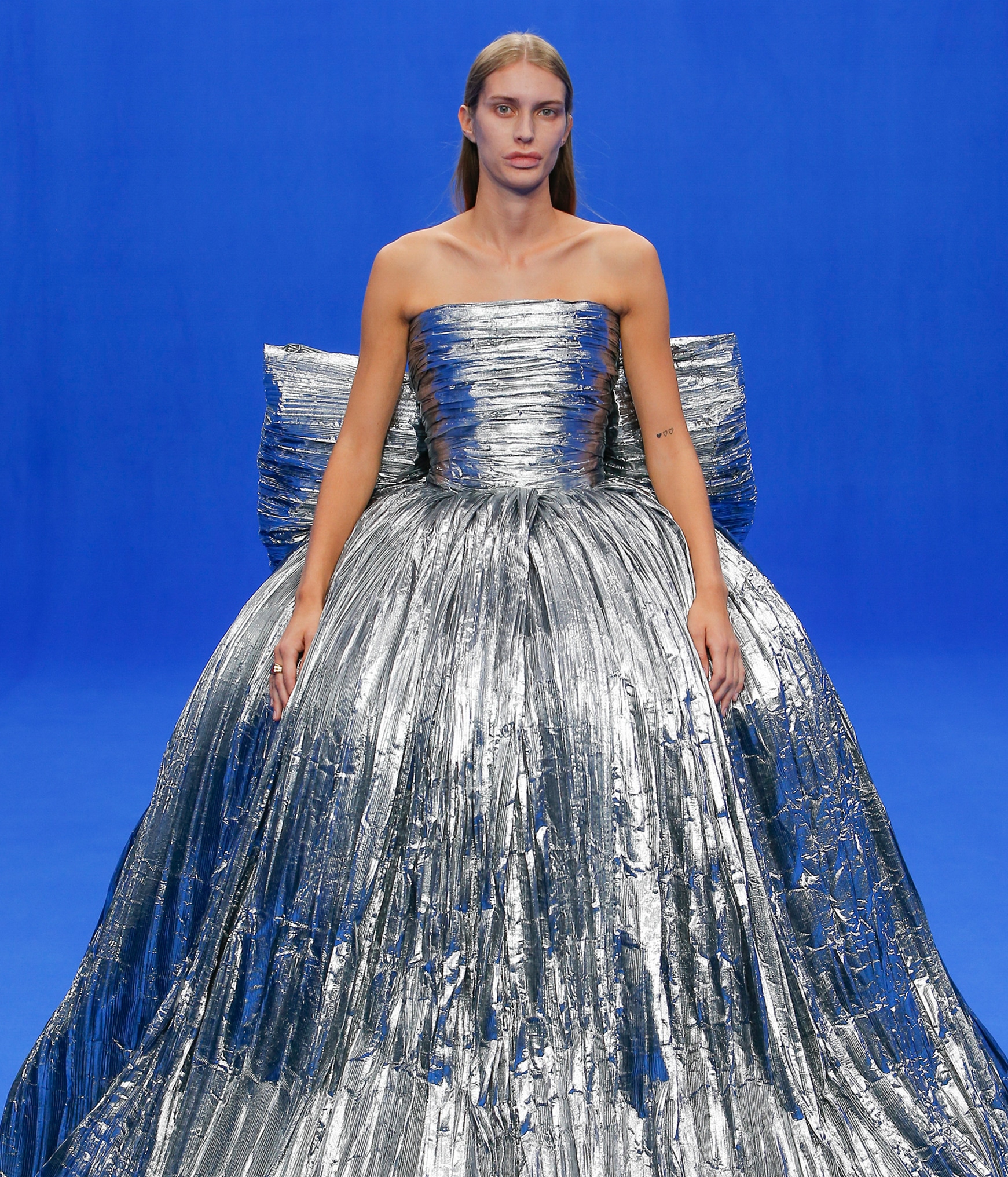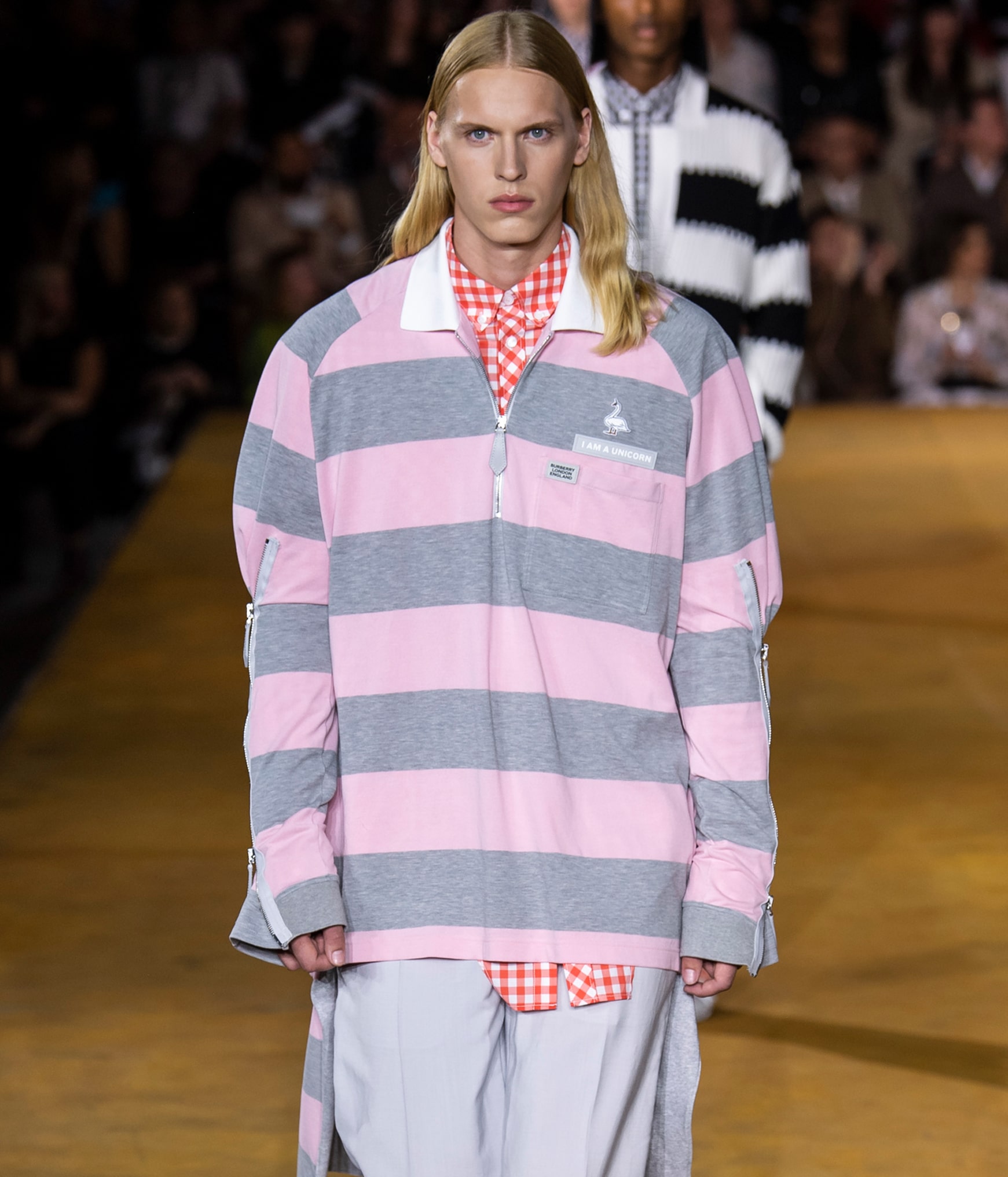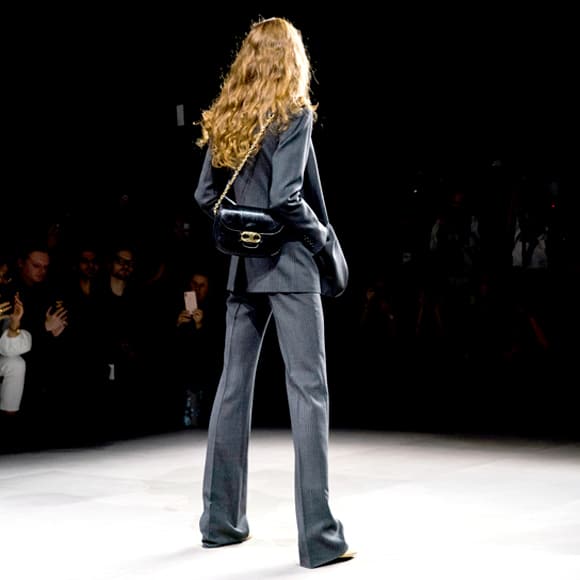The above title should really say, 'What does a RUSSH Editor think Fashion Month means for us all?' Because in many ways the new Spring Summer 20 season says more than we might assume about how we’ll be living over the months to come.
Does that sound convincing? Having worked in the fashion industry for a while I’ve had to grapple with the perceived frivolity of fashion that is often seen as rampant commercialism driven by savvy marketing: just beautiful things, beautiful people and equally attractive profits.
Some of my peers are giving their lives to developing transformative medicines, educating children and designing schools, influencing economic policy, actually making tangible attempts to save the planet or advising corporations on how to invest in art in a way that will positively reflect contemporary culture. There are weeks where my contribution to society feels strictly limited to knowing about the latest luxury Maison opening, the inspiration behind an art collaboration or really digging an album release (I could talk about Nick Cave’s latest here but will save that for another post). Last week I embarrassingly wrote that my “mind was blown” by a restaurant collaboration between Jacquemus and Paris institution, Caviar Kaspia. To be fair, if you’ve eaten the caviar potato at the latter you may be more forgiving but, generally, I even find myself rolling my own eyes, at myself.
"What we see on the catwalk (or set, as it so often is these days), is a cross-pollination of creative expression and comment on human experience."
What I am going to say now, though, is that Fashion Week matters, to all of us, a lot.
Beyond the obvious aesthetic appeal of working in a creative industry with artists and poets, the draw for me has always been the way this industry acts as a storyteller for what’s happening in society; both a reflection of our current culture and a crystal ball on what will drive it in the future. The word often used is zeitgeist, and never has it been more prevalent than this season when the runways have driven the conversation culturally across the pressing issues of climate change, racial diversity and non-binary inclusion.
What we see on the catwalk (or set, as it so often is these days), is a cross-pollination of creative expression and comment on human experience. Sure, we may think the new season is telling us we need ankle socks (see Fendi and Ferragamo), enormous bags to carry all our political woes (practically every brand I can think of) or move back to a bootleg jeans paired with Converse, but if we look more deeply we will see the looks created for us are a simply a shadow of the real issues shaping our lives today.
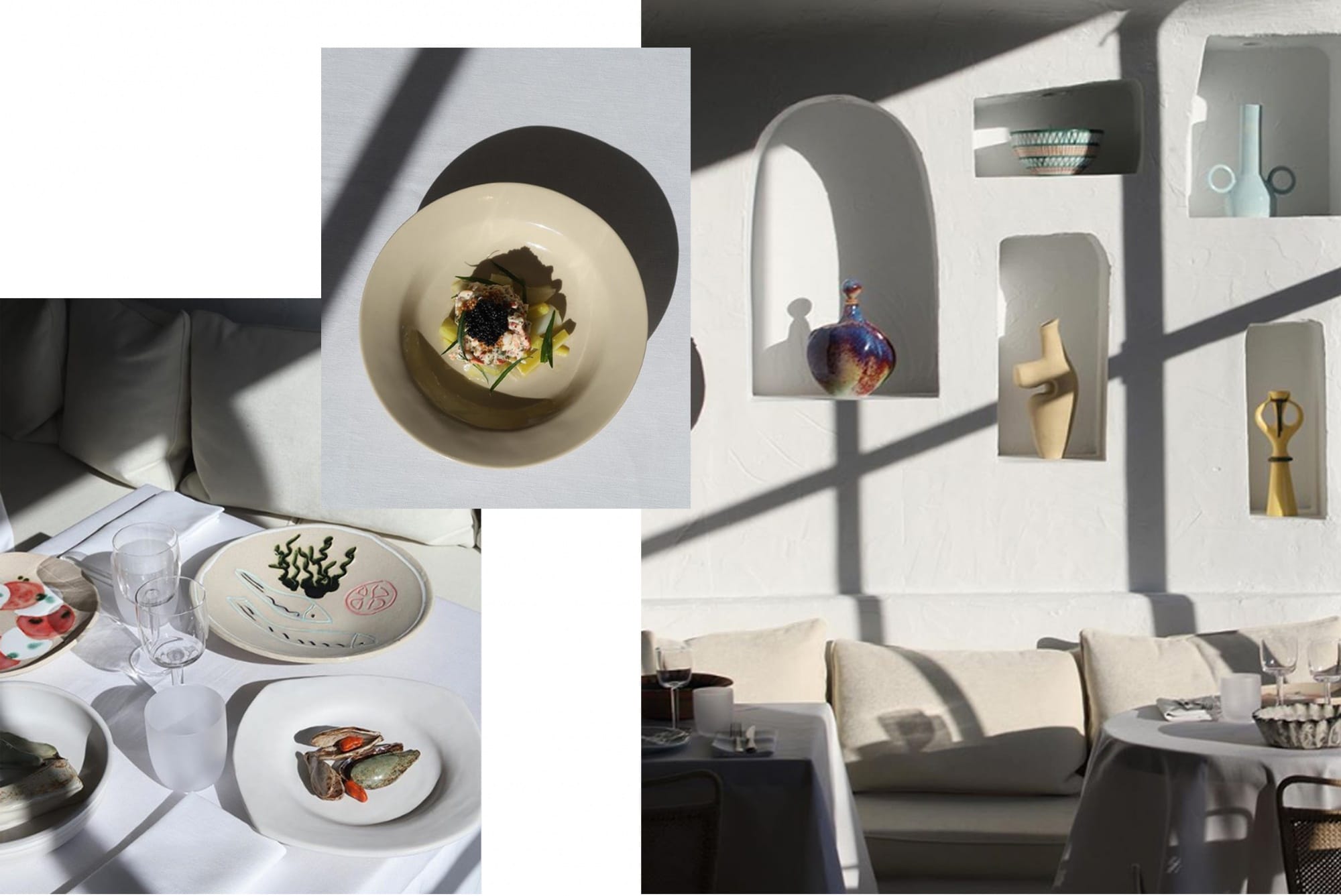
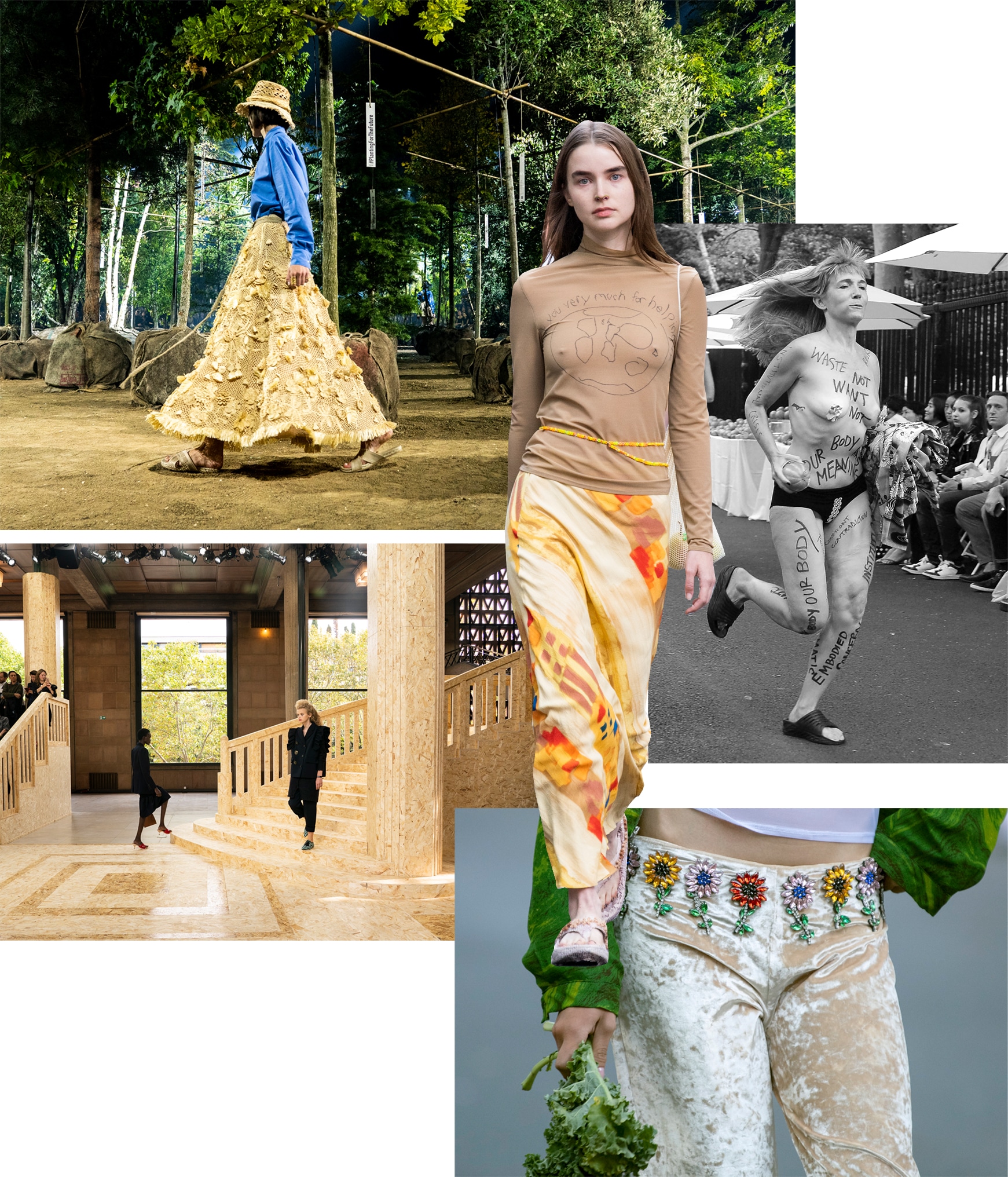
"... the draw for me has always been the way this industry acts as a storyteller for what’s happening in society; both a reflection of our current culture and a crystal ball on what will drive it in the future."
Until recently the industry approach to the socio-political landscape (in which identity politics, inclusion and sustainability have been buzz topics) has been hugely cosmetic, in most cases bordering on grotesque marketing spin. But finally we are now starting to see some genuine action to push an agenda and change the inner workings of brands and the industry at large. For example, while the climate change strike fell during Milan Fashion Week, the protest could be seen on runways from the very outset in New York. Including Collina Strada’s “Eat less meat. Eat more plants. Start a garden. Grow your own food. Cook at home. Plant a tree - plant many trees.” messaging, the ecological bent was present in every city - from the conceptual frame of Kei Ninomiya in Paris to the obvious botanical representations at Dior. But it was the behind the scenes that mattered. The electricity at Dior was made by generators powered by canola oil, Miu Miu’s set was constructed entirely of OSB wood which was then to be provided as creative material for students and professionals, and Sarah Burton championed handiwork and up-cycled materials from previous collections (including Lee McQueen’s). And this is just to single out a few; there was almost no brand that hadn’t considered its sustainable footprint, this surely being the reigning upside to the ever-prevalent social media activism, where complacency is called out.
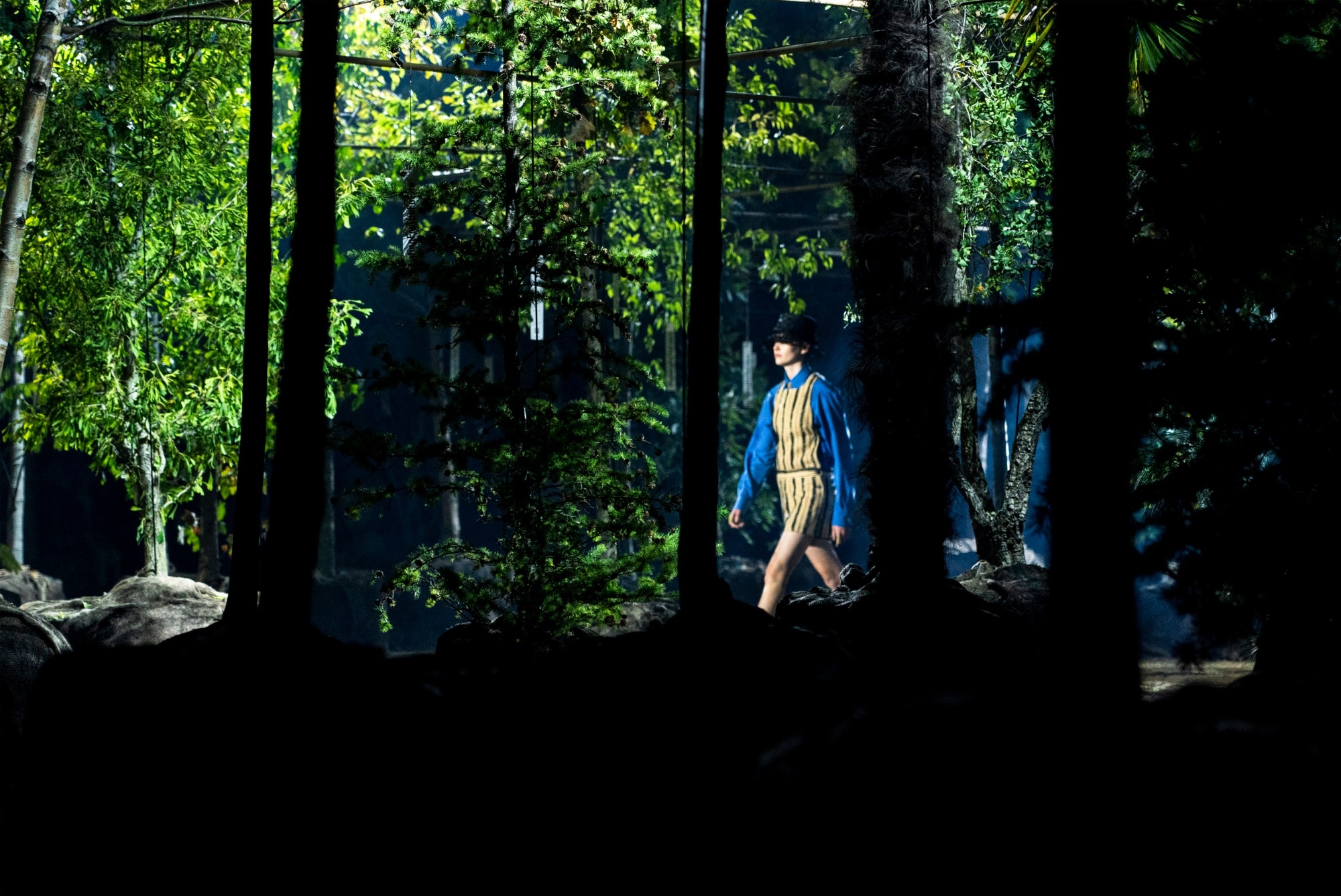
Of course, it’s this rigorous debate within the industry that will be key to the authenticity of any change. Whether we think progression is limited to tokenism, or ‘activism of convenience’ for the sake of trend or not – and I’m certainly not saying that some of the gender and racial diversity we saw from brands wasn’t just that – we have to admit what the industry does well is dialogue. This is a talk we need to be having as without discussion, there’s no action or progression. The BOF 499 scandal around appropriation and inclusion, while not for me to comment on here, is as deeply important as it is interesting, just as the thorough reporting on CSR programs and the appointment of diversity officers at our biggest brands is balanced by the simultaneous questioning of the intentions and merits behind this very thing. In fashion when one person declares it green, there are many more that will argue it chartreuse, sage or even shamrock. I am reminding myself of that blue sweater scene in The Devil Wears Prada here, but the point is that sure, we may serve a lot of kool-aid in the latest ecological, ergonomic pottery vessel but it doesn’t mean everyone will drink it. For an industry that is largely still unchecked, we self-regulate way more than we are given credit for.
But enough of my blatant defence of why I have just spent the last month following over a hundred fashion shows and back to the real reason you probably clicked on this. What did I think of the SS 20 collections?
Power dressing. I’m still into it. I feel we’re all working hard at the moment – and maybe for some time to come as our economy is being pressure tested and the cost of doing business ethically and sustainably is higher than ever – so I’m compelled by this play on the notion of sovereignty. Like Balenciaga’s political undertones, or “politicians made cool” according to Demna, where he went so far to collaborate with a scent scientist to create an olfactory atmosphere of antiseptic, blood, money and petrol. It was democratic business wear with dialled up luxury intensity that made me think of Bret Easton Ellis’s Patrick Bateman in the only way one can.
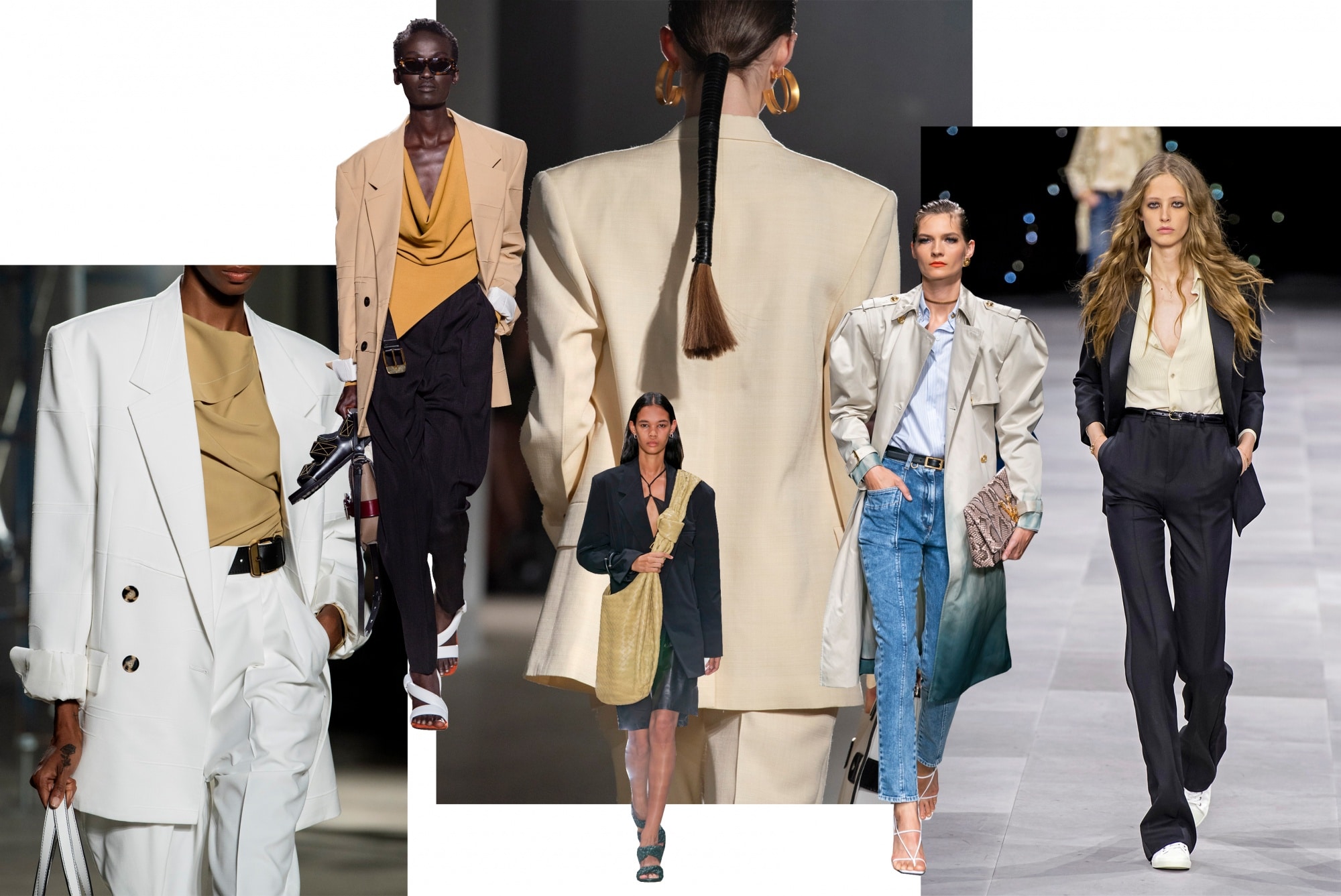
Then there was somewhat of a comeback by Proenza Schouler where, in possibly one of its best ever shows, the collection celebrated women who go to an office every day with broad-shouldered suiting, slicked hair and trainers for those who actually need to move. It appealed to my most pragmatic side; someone understood the hurry I’m in and my need for a fashion uniform. Add the three-piece layered tailoring at Jil Sander and plaid on plaid suiting at Angona and simply, I felt seen.
The other big idea that resonated with me was the ever-present linger of sex, but not in a one-dimensional way. It appeared oppositionally everywhere in some kind of lover’s argument: the pure versus the putrid. Oscillating from the blatant sexual symbolism at Mugler, Versace and Anthony V’s sublime sensual being at Saint Laurent, to the immaculateness of Victorian lace at Loewe and Jil Sander where we saw a kind of modern day Jane Austen coquettishness.
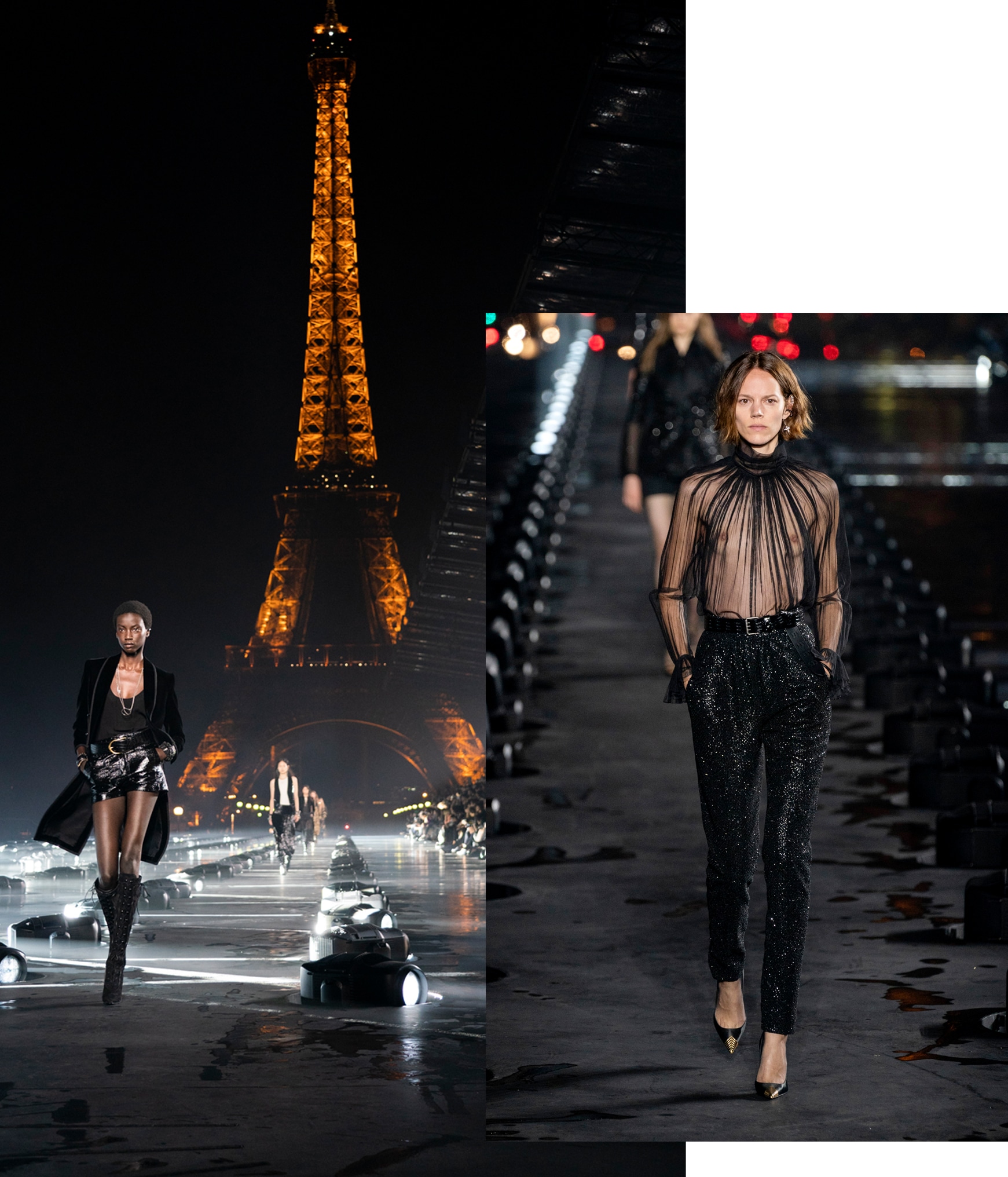
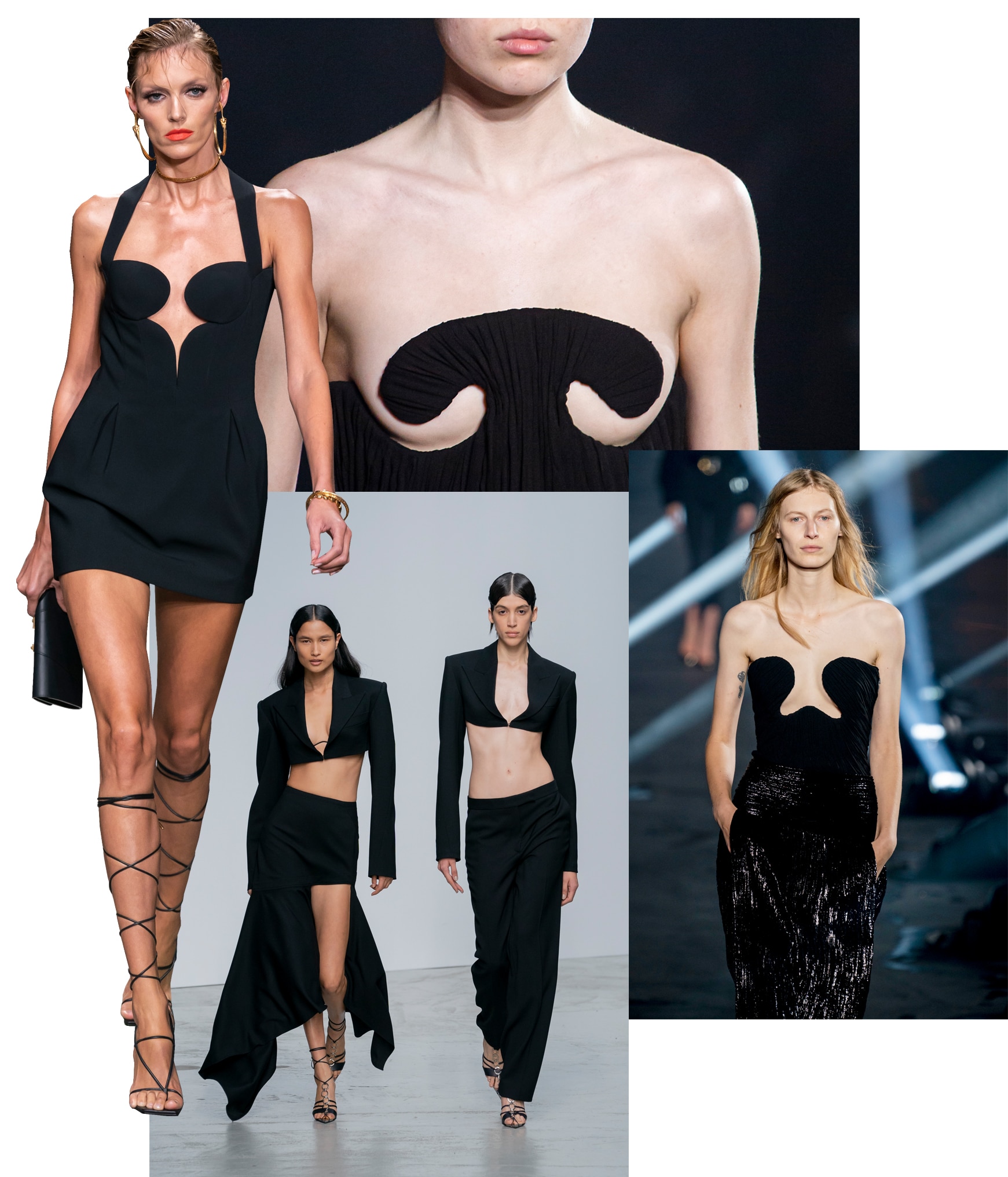
I could almost hear The Soft Boys’ I Got the Hots; “Wait till you see the statue in my bathroom”. Even Celine felt like sex with the ex for the old Céline lovers, as Heidi embraced the bourgeois within his woman, showing us that life really is just French toast for some.
Consider all of this against a backdrop of the simmering 70s: Betty Catroux androgyny, retro prints, an abundance of velvet and collegiate jumpers, and it seems right to question if we might just be on the cusp of the next big sexual revolution. The question begging, are we having too much or not enough?
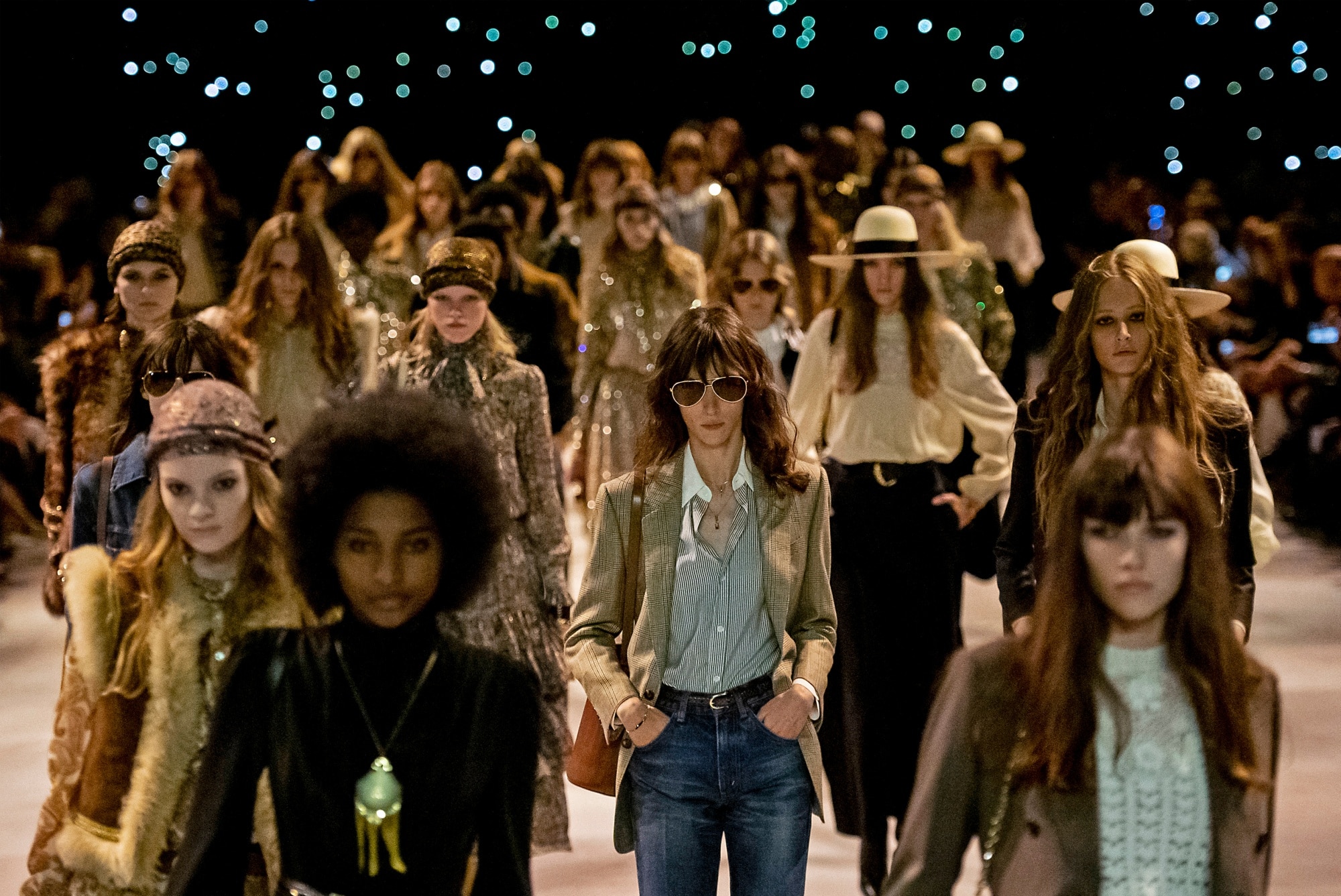
"Victorian lace at Loewe and Jil Sander where we saw a kind of modern day Jane Austen coquettishness."
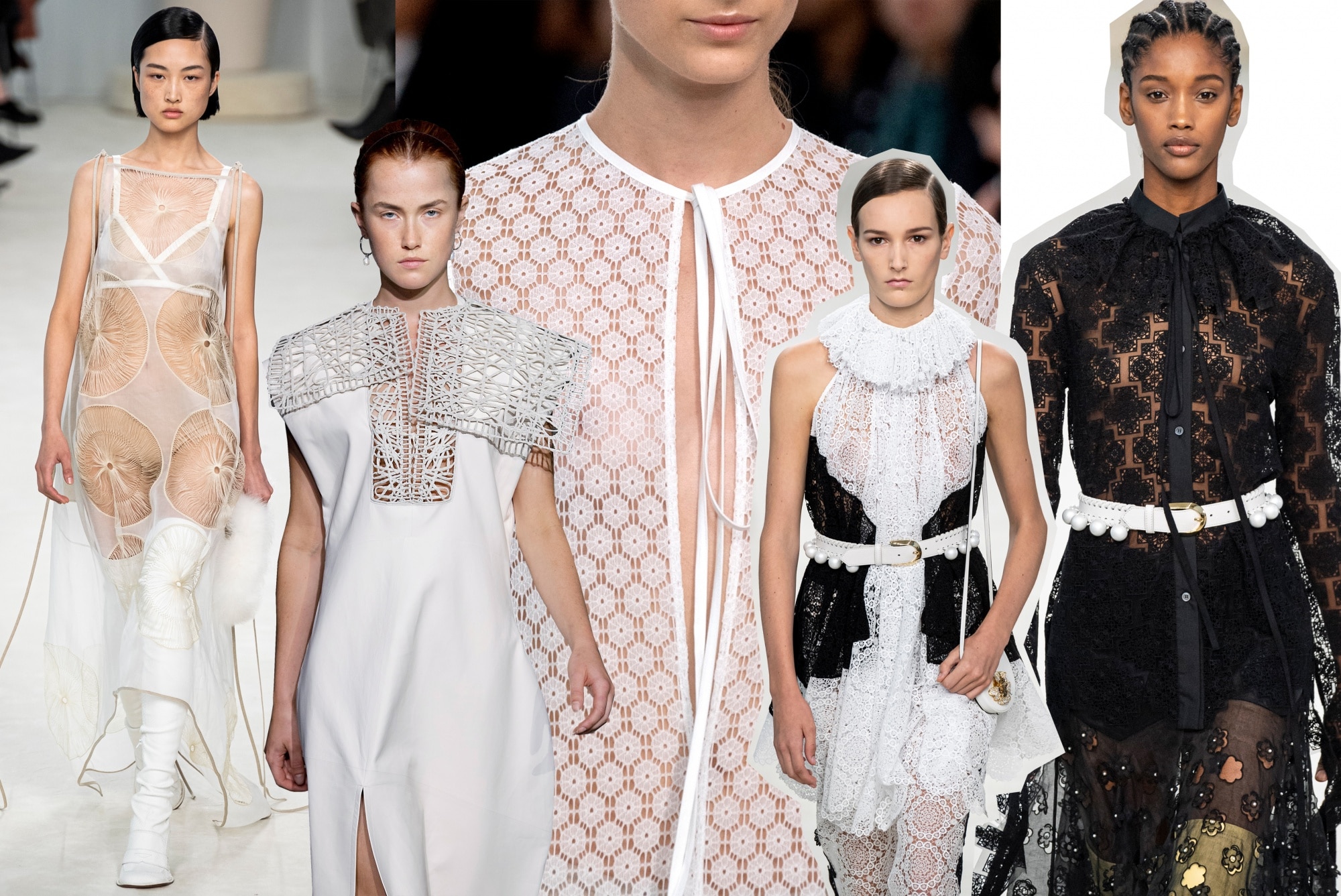
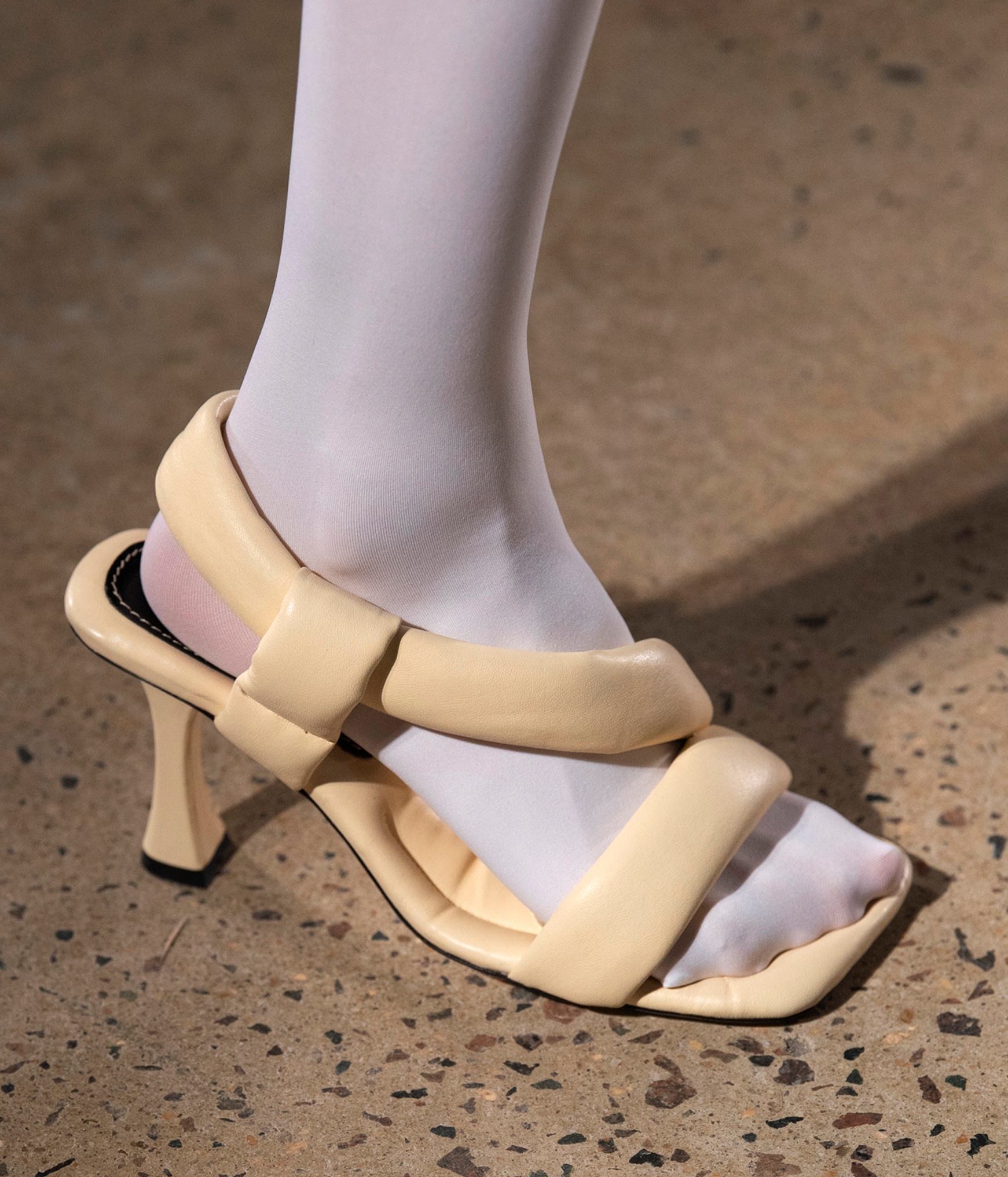
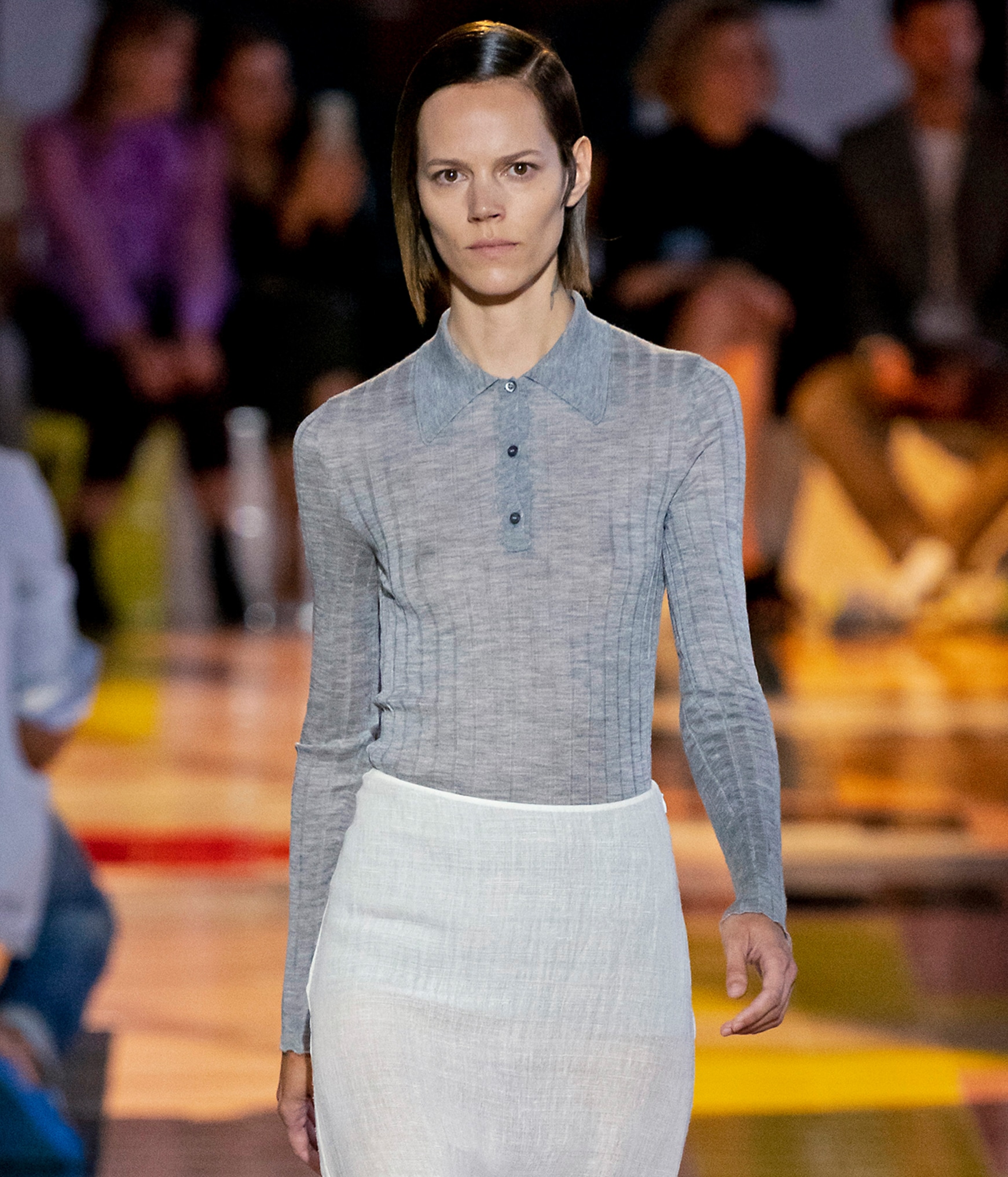
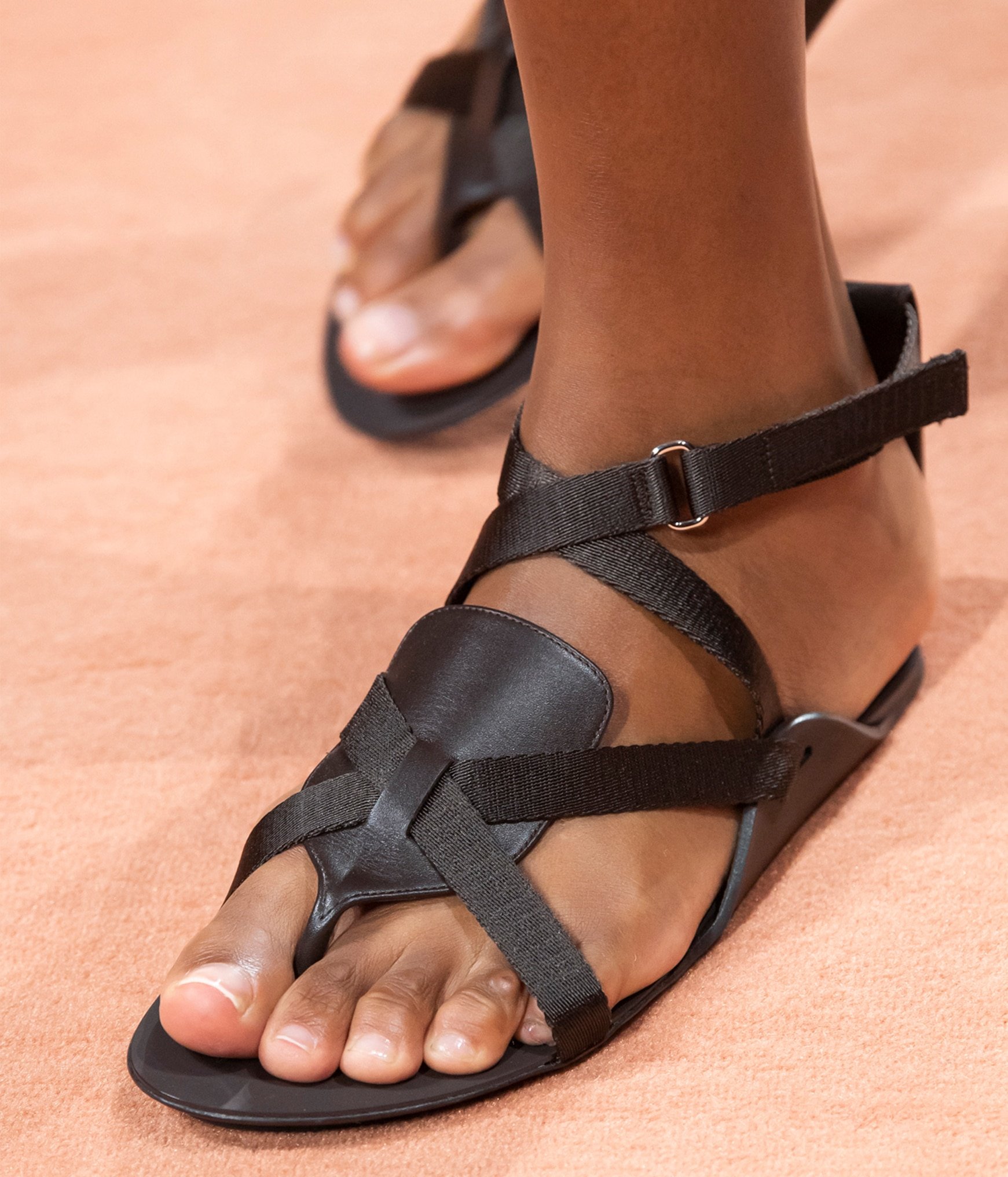
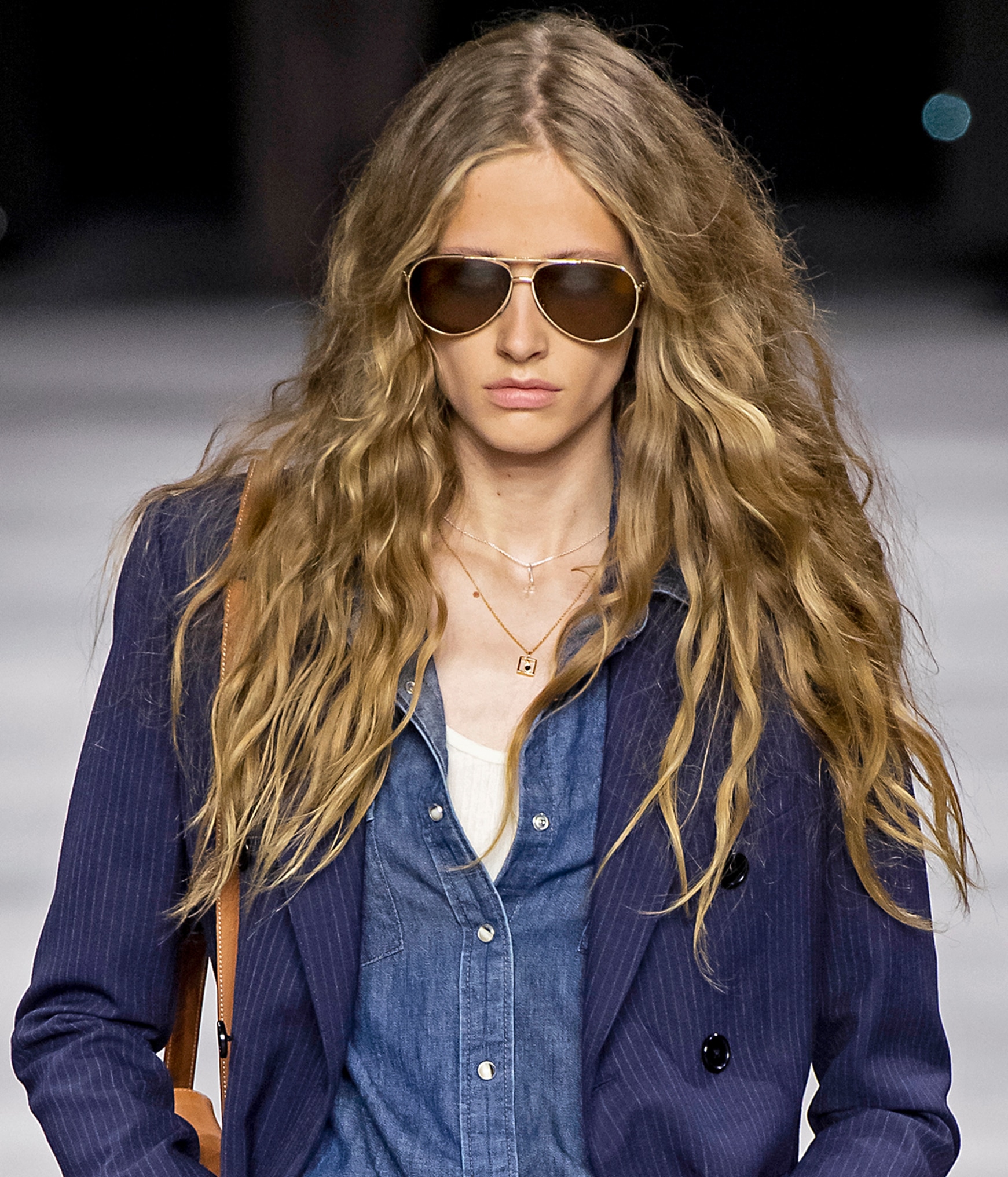
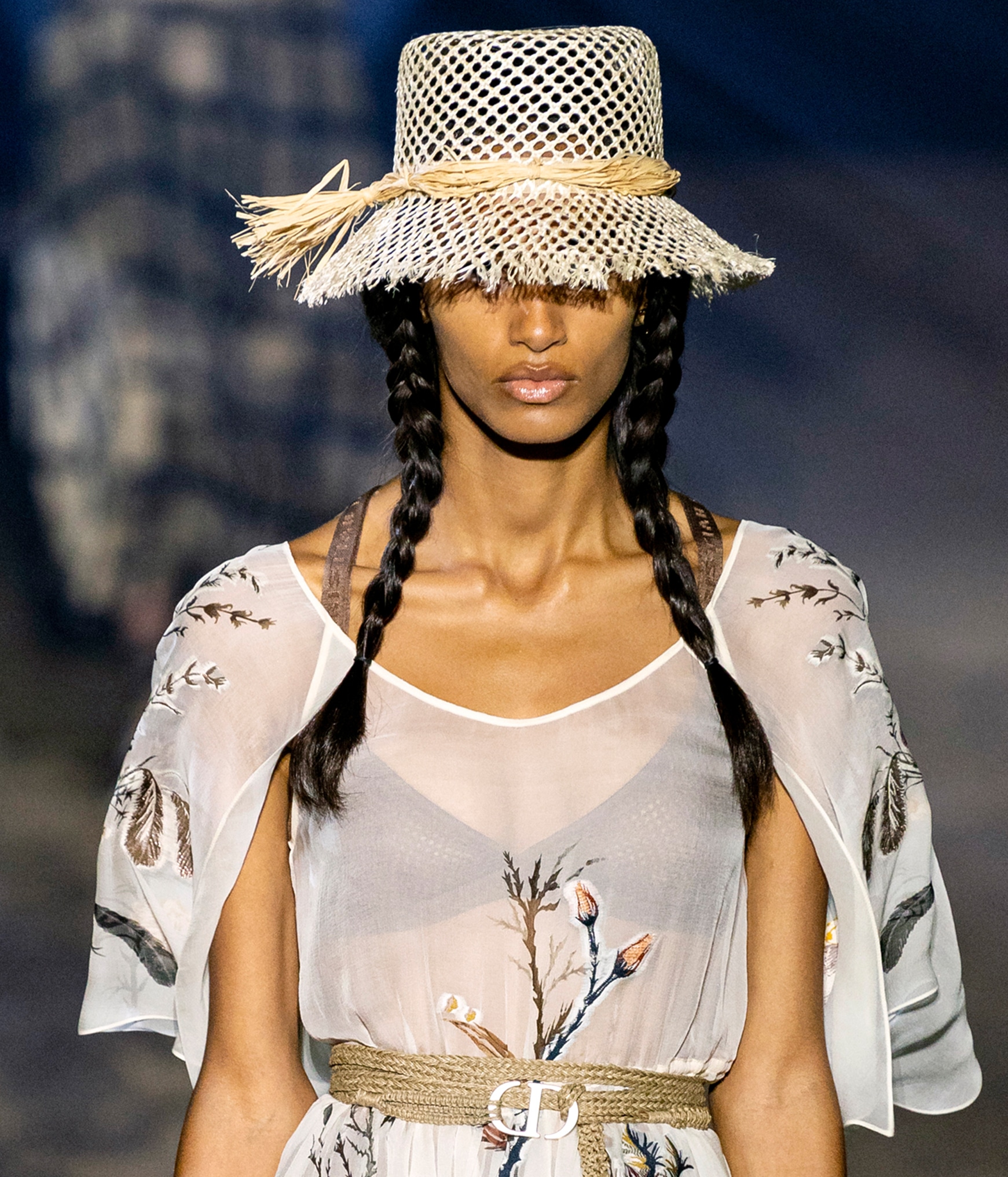
Before I leave you there, here are some moments I feel will have relevance.
High intensity ball gowns at Balenciaga and Valentino because perhaps we’re ready to move on from the slip dress, Freja back on the runway (I loved her in Prada), the genius of J.W.Anderson at both his eponymous label and elevated at Loewe, chunky librarian loafers apply within at Louis Vuitton and Prada, scarecrow sun hats from Dior, leather shorts and pants at Bottega Veneta and Hermès, varsity stripes and rhinestones at Burberry because I wasn’t expecting them, the sofa sandals at Proenza with extra padding to soften the load, super-sized side sling bags, the sandals and nude pedicure at Hermès, French girl hair at Celine and, of course and finally, my ever-secret pleasure of the designer wave at the end of their show; always in uniform, always black pants, white top and denim (Nicolas Ghesquière at Louis Vuitton will do as exhibit A) with that wicked reminder that its all we’ll ever need to wear anyway.
